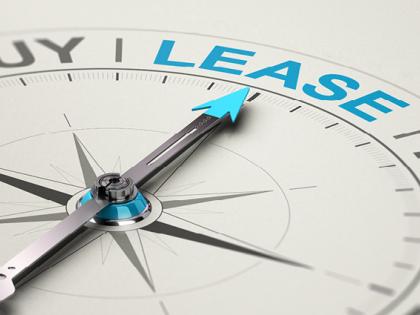Sale-leasebacks Gain Momentum as Global M&A Values Grow
Private equity sponsors turn to sale-leasebacks as global M&A values climb and instability continues in traditional capital markets.
Private equity sponsors are rethinking how they access capital as the M&A market heats up. Global M&A values have climbed to $1.89 trillion in the first half of 2025, meanwhile fluctuating interest rates and tighter financing make traditional methods of raising capital less appealing.
“The tighter rate environment is a moving target, particularly with the recent rate cut,” says Jason Patterson, executive director of investments at W. P. Carey. “As a general rule of thumb, alternative sources of capital, such as sale-leasebacks, are attractive right now, especially if you’re having trouble securing debt in a more structured transaction.”
As firms look to move forward in the current market, many are finding strategic opportunities with sale-leasebacks to tap into capital, both before and after M&A deal closings.
Capturing Flexibility Pre- and Post-Acquisition
For private equity firms, a sale-leaseback offers flexibility throughout the merger and acquisition process. In the pre-acquisition phase, this strategy helps reduce equity requirements.
“This can lower the equity needed to close, which is especially attractive at the start of an M&A deal,” says Patterson.
On the post-acquisition side, Patterson notes that a large amount of capital often remains tied up in real estate, and that sale-leaseback proceeds can support new acquisitions, or fund reinvestment in the buildings themselves. Because of this flexibility, Patterson is seeing more sponsors incorporate sale-leasebacks into their regular strategies.
Securing Certainty and Speed
Patterson stresses that execution speed and reliability are critical when incorporating sale-leasebacks into a strategic playbook.
“Having someone you can be certain is going to provide the capital necessary to close that acquisition on time is of the utmost importance,” says Patterson.
As an example, he points to a transaction in which W. P. Carey funded more than $400 million at closing for a large pharmaceutical manufacturer.
“It took a lot of coordination and trust among the parties,” says Patterson. “But having that certainty was extraordinarily valuable to the sponsor because they didn’t have to call their own capital or raise additional debt to fund the transaction.”
Patterson also explains that groups sometimes lack sufficient information about the real estate transaction to even consider a sale-leaseback until they are near closing, which is why having a partner who can move quickly and reliably is important.
Putting Proceeds to Work
Once a sale-leaseback is completed, the proceeds can be deployed in a variety of ways. Patterson notes that some groups use the capital to grow the business or expand production. In other cases, proceeds might go toward paying down debt when the cost of funds under a sale-leaseback is more attractive than traditional financing. Patterson believes this flexibility could drive wider use of the strategy in future M&A transactions.
“Many groups don’t always appreciate [that] they’re literally sitting on some of the most valuable sources of capital they have in the real estate they own,” says Patterson. “And as more become familiar with using sale-leasebacks as a strategy, I think it’s possible that it could increasingly be used in the M&A process.”


You May Also Like:

Private Equity and Sale-leasebacks: Choosing the Perfect Partner
Private equity-backed deal volume has hit its lowest point in four years. Unsurprisingly, the biggest factor contributing to this decline is the high cost of debt due to rising interest rates,...
How Private Equity Can Leverage Sale-leasebacks
Sale-leasebacks are often used by private equity firms to raise capital to support portfolio company growth. Through a sale-leaseback, private equity firms can unlock otherwise illiquid capital tied...